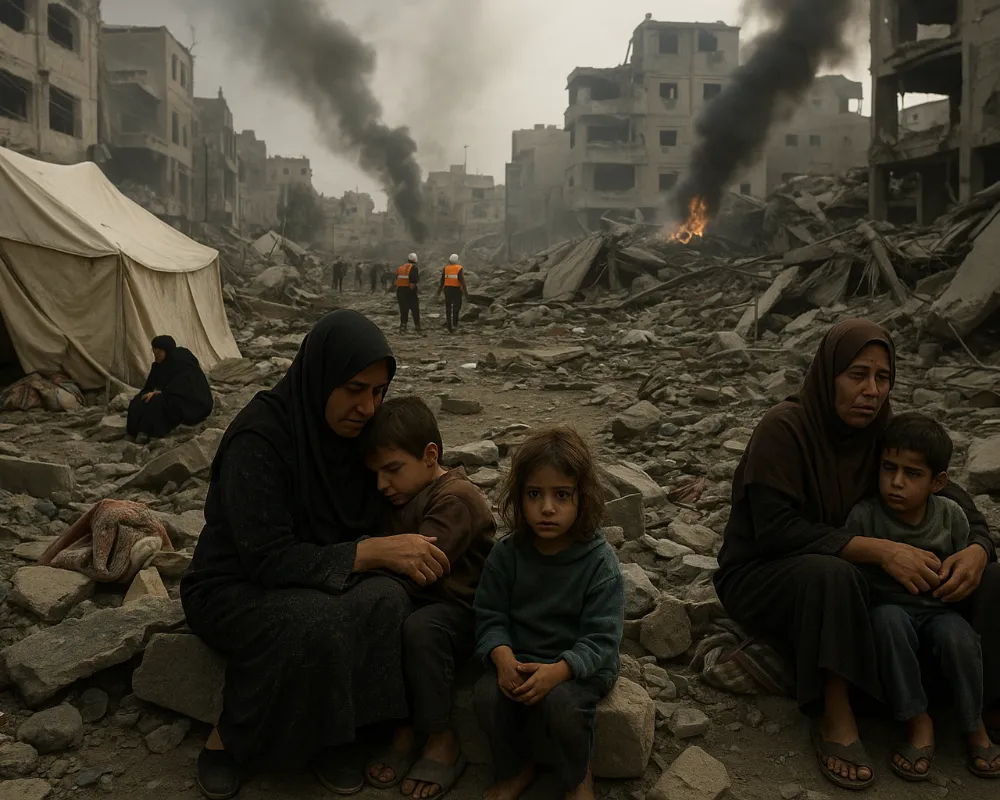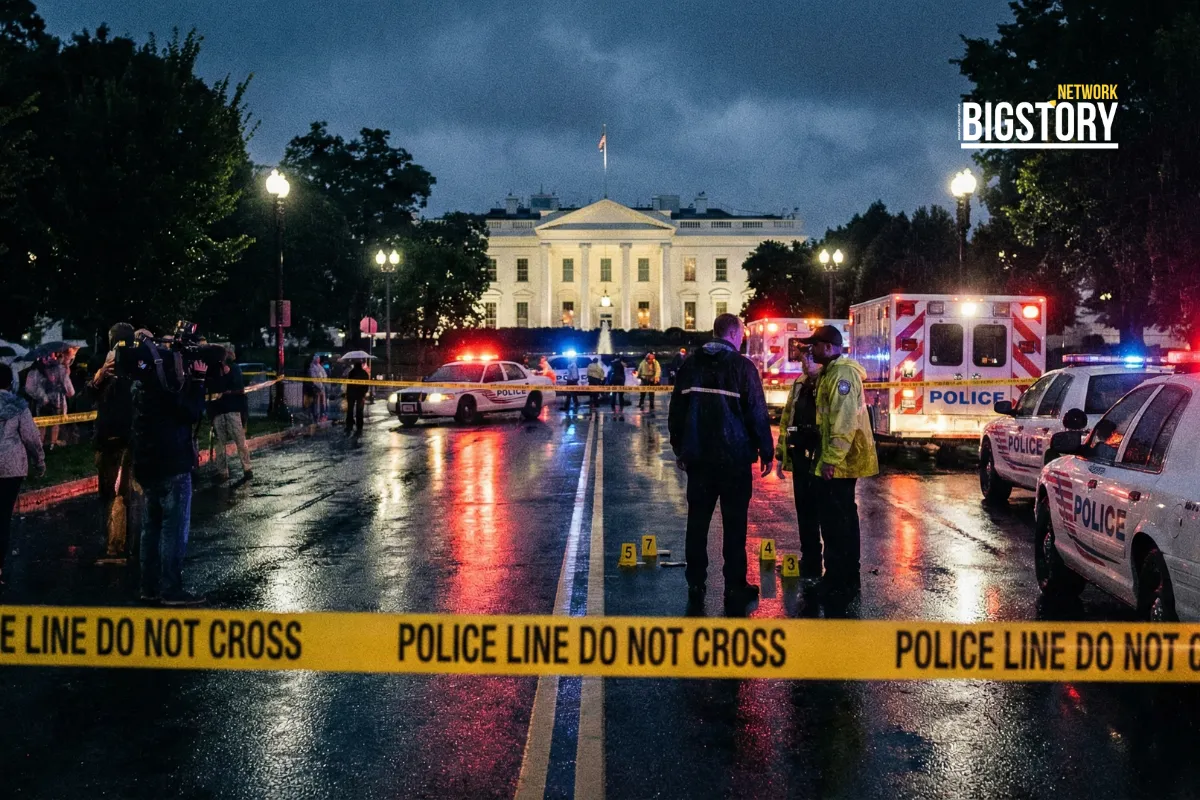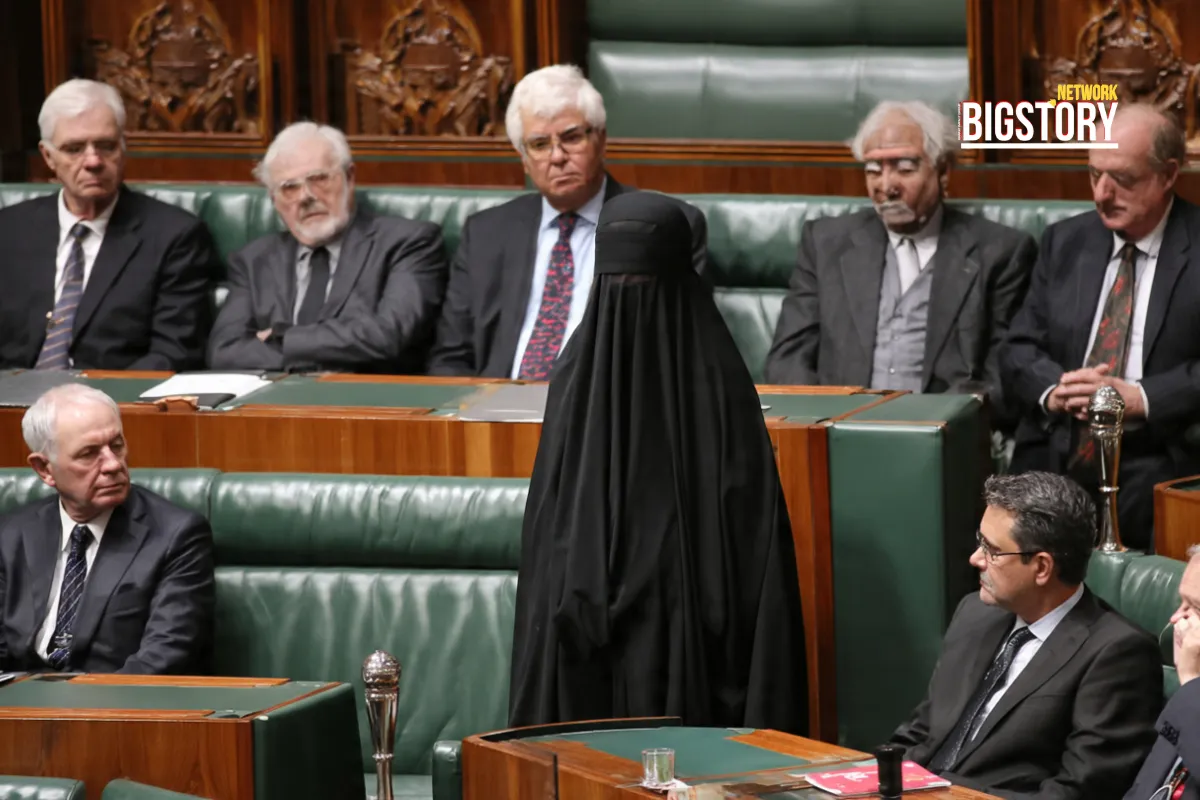IDF launches 140+ strikes in Gaza City in 24 hours amid ground offensive. Heavy civilian toll, worsening humanitarian crisis, and global condemnation.
 Sseema Giill
Sseema Giill

The Israeli Defense Forces (IDF) have intensified their military campaign in Gaza, launching more than 140 strikes in a single 24-hour period between September 28–29, 2025. The large-scale assault marks one of the most aggressive phases of the war since it began in October 2023, underscoring Israel’s determination to dismantle Hamas’s military infrastructure while raising fresh alarms over civilian casualties and the worsening humanitarian crisis.
According to the IDF, the strikes targeted what it described as terror infrastructure, including militant hideouts, weapons depots, anti-tank positions, and command centers. The operations were carried out through coordinated land, air, and sea offensives.
The Israeli Air Force conducted precision airstrikes across northern Gaza, while the navy shelled weapons storage facilities and Hamas positions along the coastline. On the ground, three divisions—the 36th, 98th, and 162nd—pushed deeper into Gaza City, engaging in heavy urban combat. Troops destroyed Hamas observation posts, dismantled booby-trapped houses, and neutralized fighters hiding among civilian structures.
Military analysts view this surge as a tactical escalation, aimed not only at striking Hamas assets but also at exerting full control over Gaza City, long considered the movement’s main stronghold.
Palestinian health officials reported at least 50 people killed and 184 others wounded during the 24-hour operation. Additional medical sources later confirmed 29 more deaths before dawn on September 30.
Among the dead were a mother and her six children in Deir al-Balah, killed when Israeli forces struck their makeshift tent shelter. A pregnant woman and a child were also killed in Khan Younis, raising concerns about the targeting of displaced families who have been forced to move multiple times since the war began.
The overall Palestinian death toll now exceeds 66,000, with women and children making up the majority of fatalities. Aid workers warn that the continuous bombardment has left emergency crews unable to reach survivors buried under rubble, further compounding the human cost.
The strikes come amid Israel’s expanded ground offensive in Gaza City, part of Operation Gideon’s Chariots, launched on September 15. Israeli forces have since encircled the city, claiming operational control over more than half of it by late September.
Entire neighborhoods in areas like Zeitoun and Sheikh Radwan have been systematically demolished, marking a significant shift from earlier IDF campaigns that focused on targeted strikes rather than widespread urban destruction.
Prime Minister Benjamin Netanyahu described the strategy as a departure from past tactics:
“We take territory and secure it. We clear it out and advance,” he said, emphasizing Israel’s intent to hold captured areas rather than retreat after raids.
Urban warfare in Gaza remains complicated by Hamas’s vast underground network, often referred to as the Gaza Metro. Stretching an estimated 350–450 miles with thousands of shafts integrated into civilian areas, the tunnels enable Hamas fighters to stage ambushes, plant improvised explosive devices, and evade direct confrontation.
To counter this, Israel has deployed specialized Yahalom tunnel units directly alongside conventional brigades, adapting its battle strategy to the unique challenges of subterranean warfare. Despite heavy losses, Hamas continues to mount guerrilla-style resistance from the ruins and underground passages.
Israel presents its offensive as an attempt to deliver a decisive defeat to Hamas and secure the release of hostages still believed to be held in Gaza. The IDF claims to have dismantled 20 of Hamas’s 24 battalions and eliminated around 23,000 fighters since October 2023.
However, Hamas has shown resilience, reportedly recruiting up to 30,000 new fighters from Gaza’s displaced population. Though less trained and less equipped, these recruits contribute to the group’s ability to continue resisting Israeli advances. Current assessments suggest Hamas still controls about 25% of Gaza, particularly in Deir al-Balah and central areas of the Strip.
The intensified military campaign is worsening Gaza’s already catastrophic humanitarian situation. The UN confirmed famine conditions in Gaza City in August 2025, with food shortages, destroyed infrastructure, and mass displacement reaching crisis levels.
Tens of thousands of families are now sheltering in overcrowded, rubble-strewn areas in the south, often without adequate food, water, or medical care. Reports also indicate that ambulance and civil defense crews have been directly targeted, making it nearly impossible to rescue survivors trapped under collapsed buildings.
The escalation has triggered widespread international condemnation. Several Western nations have moved to formally recognize Palestinian statehood, while calling for Hamas to be excluded from any future governance structures.
The United Nations has repeatedly demanded an immediate ceasefire, but Israeli operations continue to intensify. Diplomats warn that the longer the offensive continues, the greater the risk of destabilization across the region, with spillover effects already being felt in Lebanon and the Red Sea corridor.
The IDF’s surge of 140+ strikes in just one day highlights Israel’s commitment to dismantling Hamas at any cost. Yet, the toll on civilians, the destruction of Gaza City, and the deepening humanitarian crisis have sparked growing doubts about the long-term viability of this approach.
As Israel tightens its grip on Gaza City, the trajectory of the conflict—and the possibility of any eventual resolution—may well hinge on the outcomes of this intensified phase. Whether the offensive achieves its stated objective of dismantling Hamas or entrenches a cycle of renewed resistance and devastation remains to be seen.






Sign up for the Daily newsletter to get your biggest stories, handpicked for you each day.
 Trending Now! in last 24hrs
Trending Now! in last 24hrs



